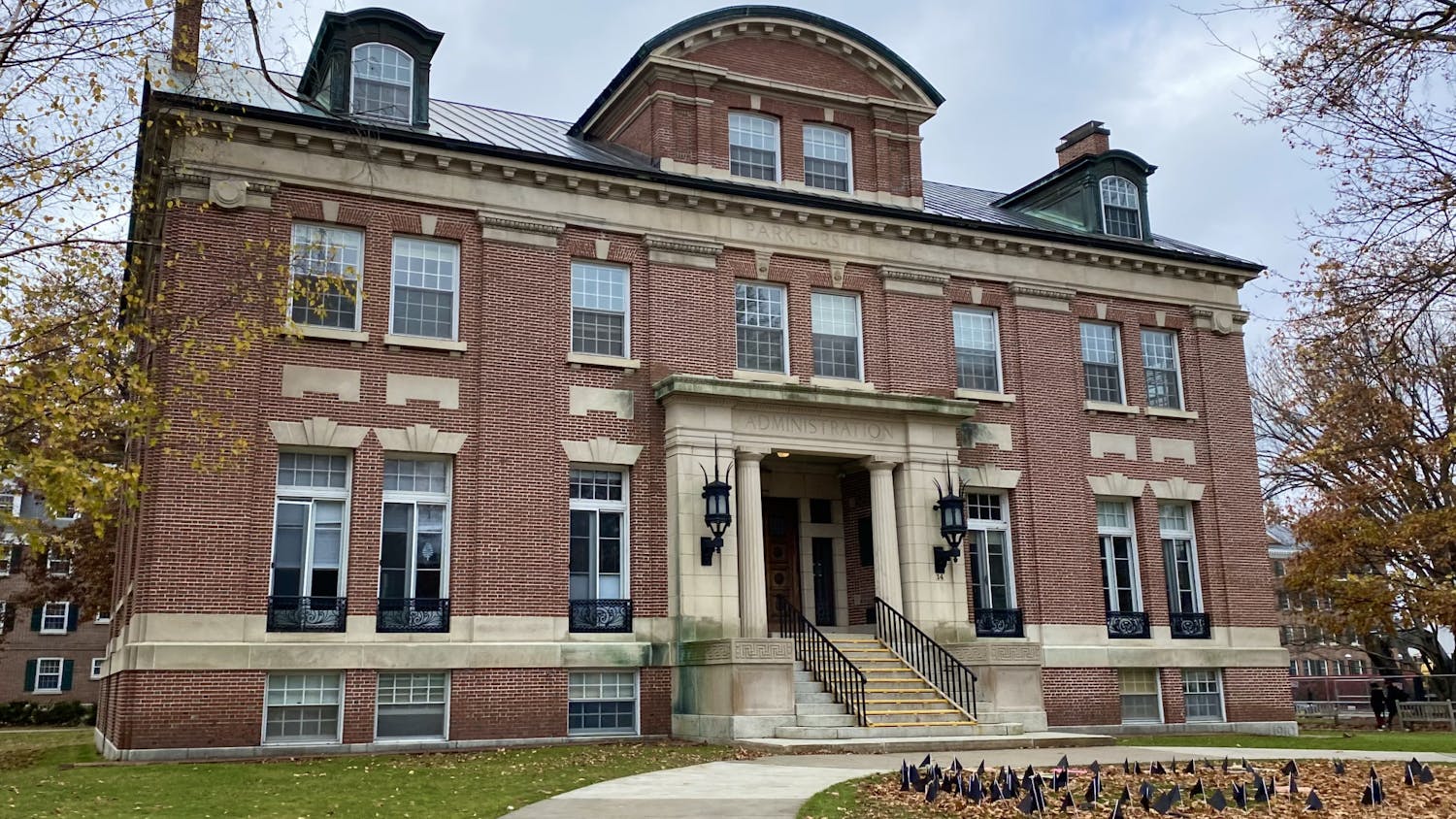In the world of serious high school and college debate, Ken Strange is a distinguished figure.
He is the director of the accomplished Dartmouth Forensics Institute as well as the founder of the Dartmouth Debating Institute, DFI's prestigious debate boot camp where every summer ambitious high school students come to research and debate the coming year's resolution against other top high school debaters.
This year's DDI workshop ends tonight as the eight teams that survived yesterday's Octofinals are whittled down to the final two.
Strange has been debating since ninth grade. He said he is dedicated to debate because it is "motivated, interactive teaching."
"It's, in my mind, the best form of instruction," he explained. "Sometimes it gets bad because it's all centered on competition. But what else gets 150 high school kids to spend 20 hours a week in the library for four weeks every summer?"
Over the DDI's 20-year history, its most significant change has been the increase in the depth of talent, Strange said. Whereas 20 years ago being a top debating institute meant that the top ten debaters came to the DDI, by ten years ago 100 of the top debaters came, and by now, all the debaters are exceptionally talented.
The DDI's pattern of admissions has reflected this change. The DDI gets three applications for every one of its 150 spots, according to its website.
Strange even started a smaller debating institute for rising high school juniors to accommodate this higher demand. The institute runs each year, just before the DDI.
Many of those juniors then apply for the DDI, and DDI graduates very often apply to Dartmouth. Those accepted generally form the core of Dartmouth's own debate team, Strange said, though not all former DDI-ers debate once they reach college.
Tonight's finals are at 8 in the Bissel/Cohen lounge. Contemporary high school debates are highly structured and, owing to a debate theory that originated at Harvard decades ago, delivered almost incomprehensibly fast.
The speed and jargon make following the debate difficult for the unpracticed to follow (a tip: "T" stands for "topicality," or lack of relevance to the resolution). But at tonight's finals, the drama should be clear to anyone.
This year's resolution is that the federal government should establish a policy substantially increasing protection of marine natural resources.
The main objective of a high school debate is to show that the opinion put forth by one's opponent would lead to complete disaster, according to Steven Kung, a University of Southern California student who is making a documentary on the DDI. As such, total nuclear war seems to come up an disproportionately often for a resolution that, on its surface, seems rather tame.
Aside from speed, the most striking thing about witnessing one of these debates is the number of printed pages per square foot of debating space.
Debaters routinely use an incredible amount of paper for copying evidence and printing cases -- two million sheets a year between the two workshops, Strange said.
"We lease three photocopiers for this, use them until they break, then fix them and use them again," he said.
Strange admitted that high school debate's odd, hyper-fast form does not make it a great way to learn oratory skills, but said it was one of the best ways to learn critical thinking and research skills, all valuable at places like Dartmouth.
Judges also tend to reward clarity over speed, he said, which should be evident in observing the teams that make it to the final rounds.
This year, one-third of DDI students are women. Usually they make up only a quarter of the DDI's debaters. Although there are generally as many women as men when students start debating well before their junior years, women had a higher attrition rate, Strange said.
Strange described DDI students as sometimes competitive, but always very smart.
"The real difference between and among these students is how they handle competition," Strange said. "I think one of the benefits of this place is that they compete against the best."



